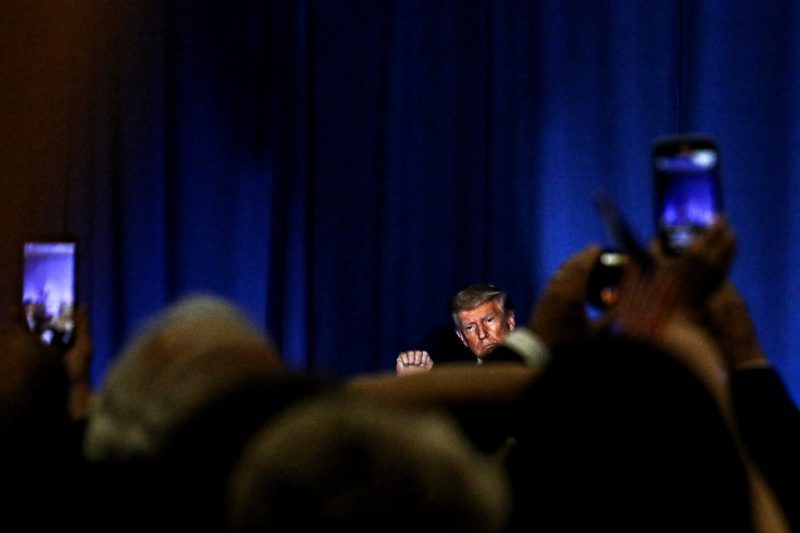The 2020 United States presidential race has seen many twists and turns, dominating headlines and conversations across the nation. While much attention has been focused on the candidates themselves, another significant shift has been quietly unfolding behind the scenes – the changing dynamics of political advertising.
In the digital age, traditional methods of advertising have given way to a more targeted, data-driven approach. This shift has been especially noticeable in the realm of political campaigns, where candidates are harnessing the power of technology to reach voters in new and innovative ways.
One key player in this advertising revolution is social media. Platforms like Facebook, Twitter, and Instagram have become essential tools for reaching voters of all ages and demographics. Candidates are now able to tailor their messages to specific groups, using data analytics to pinpoint key issues and concerns that resonate with different segments of the population.
This targeted approach has given rise to a new era of personalized political advertising. Candidates can now create customized ads that speak directly to individual voters, addressing their unique interests and values. This has the potential to not only increase engagement and voter turnout but also to foster a more informed electorate.
Another significant shift in political advertising is the growing influence of online video content. Platforms like YouTube have become battlegrounds for campaign ads, with candidates vying for the attention of viewers through engaging and compelling videos. From heartfelt personal stories to hard-hitting attack ads, video content has the power to sway public opinion and shape the narrative of the race.
The rise of online fundraising has also transformed the landscape of political advertising. Candidates are now able to bypass traditional fundraising channels and appeal directly to supporters through crowdfunding platforms and digital donation portals. This has leveled the playing field, allowing lesser-known candidates to compete with established political figures on a more equal footing.
As the presidential race continues to unfold, the role of political advertising will only become more pronounced. With voters increasingly turning to digital sources for news and information, candidates must adapt their advertising strategies to meet the demands of a tech-savvy electorate. By harnessing the power of social media, online video content, and digital fundraising, candidates can position themselves for success in an increasingly competitive political arena.

